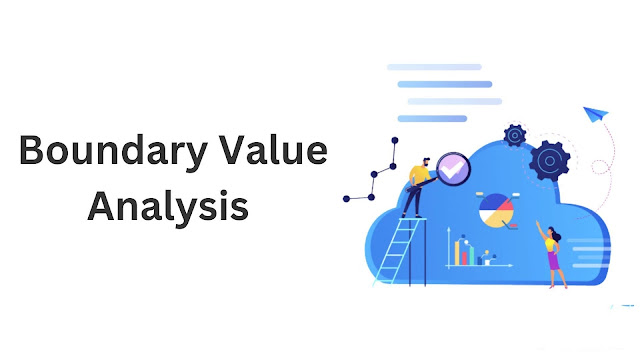The Comprehensive Guide to Website Testing: Ensuring Quality, Performance, and SEO Success
In today's digital-first world, your website is often the primary touchpoint between your business and your audience. It's more than just an online brochure; it's a critical tool for engagement, conversion, and brand building. Ensuring this tool functions flawlessly, delivers an exceptional user experience, and meets its strategic goals requires a rigorous and ongoing process: website testing . This isn't merely a final quality check; it's an integral part of the entire website lifecycle, crucial for maintaining user satisfaction, protecting your reputation, optimizing performance, and significantly boosting your Search Engine Optimization (SEO) efforts in 2025. Let's delve into the key aspects, types, processes, and tools that constitute effective website testing. Why is Website Testing Critically Important? Testing might seem like an extra step, but its benefits are far-reaching and fundamental to online success: Enhance User Experience (UX): First impressio...









.png)


